In 2018, global gold mining companies’ average all-in sustaining costs (AISC) fell 6% across the board as miners reacted to a gold price in steady decline for most of the year.
The AISC metric serve as a benchmark of a mine’s operating efficiency. They provide a more comprehensive look at mine economics than the traditional “cash costs” approach that many companies may interpret arbitrarily – and it includes important expenses such as overhead outlays and capital used in ongoing exploration, mine development and production.
Mining Intelligence, a MINING.com sister company, looked at costs at primary gold mines and ranked them based on AISC. Primary gold operations are defined by Mining Intelligence as “mines where gold contributed to 80% or more of revenues from operating activities generated last year.”
The data used by Mining Intelligence represents companies reporting quarterly production and listed on the following stock exchanges: TSX (+TSX-V), ASX, LSE (+LSE-AIM), NYSE, and JSE. The ranking excludes privately-owned mines, tailings, re-processing operations, mines where the precious metal is produced as a by-product, and operations where companies report gold-equivalent output.
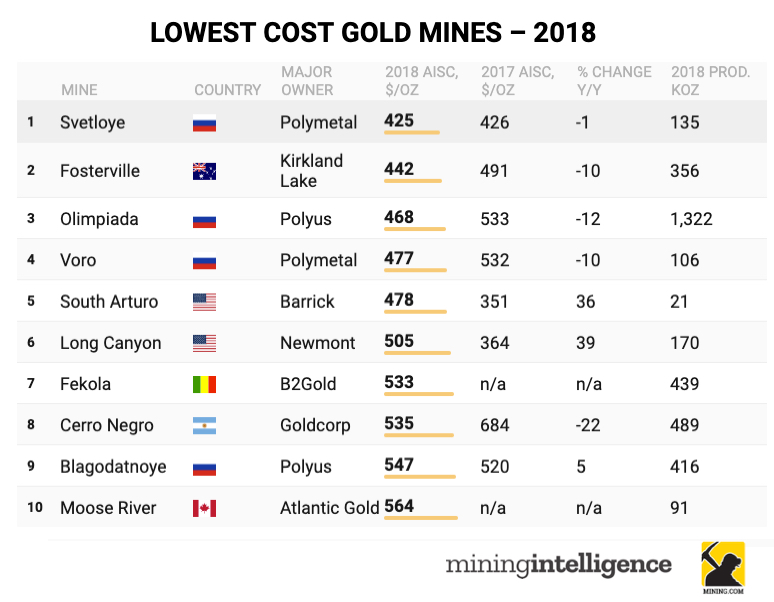
Falling out of the top ten list compiled by Mining Intelligence in 2018 are two Barrick mines that were on the Mining Intelligence list compiled in 2018: Lagunas Norte in Peru, where costs have gone up from $483 to $636/oz, and Pueblo Viejo, in the Dominican Republic, where costs rose from $525 to $623/oz. The Barrick mines made way for two recently commissioned mines: B2Gold’s Fekola mine in Mali, and Atlantic Gold’s Moose River mine in Nova Scotia.
1 Svetloye – $425/oz

Svetloye mine. Image from Polymetals.
Polymetal’s Svetloye mine is an open-pit gold operation that located in the far east region of Russia. Despite the remote location and lack of infrastructure, high-grade ores and heap-leaching technology help this mine to produce gold at the lowest costs possible.
2 Fosterville – $442/oz
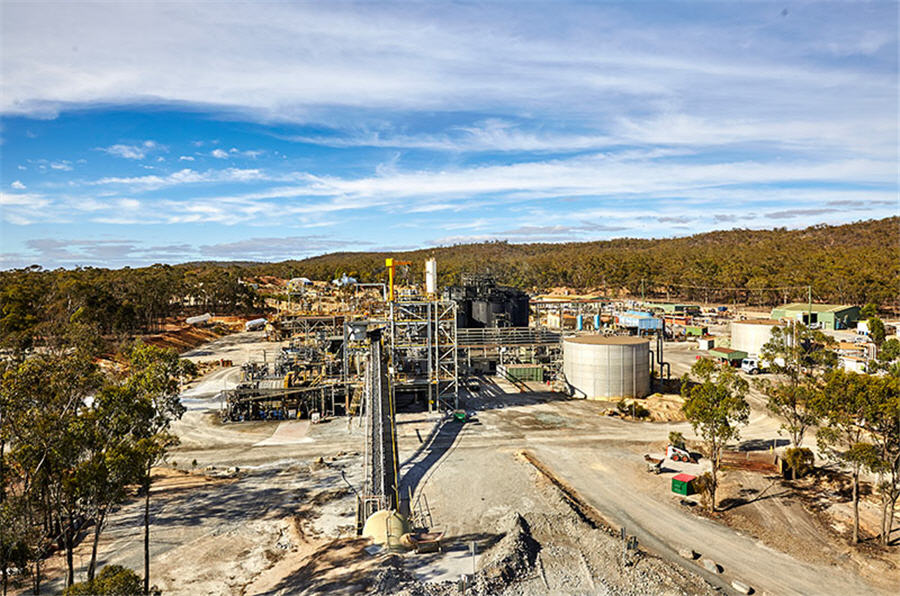
Fosterville mine. Image from Kirkland Gold.
Fosterville is the largest gold producer in the state of Victoria, Australia. The underground mine is owned by Toronto-based Kirkland Lake Gold. Production in 2018 totalled 356,230 ounces. Recently the company raised the production guidance to 550,000-610,000 ounces for 2019-2020, up from the previous guidance of 390,000–430,000 ounces.
3 Olimpiada – $468/oz
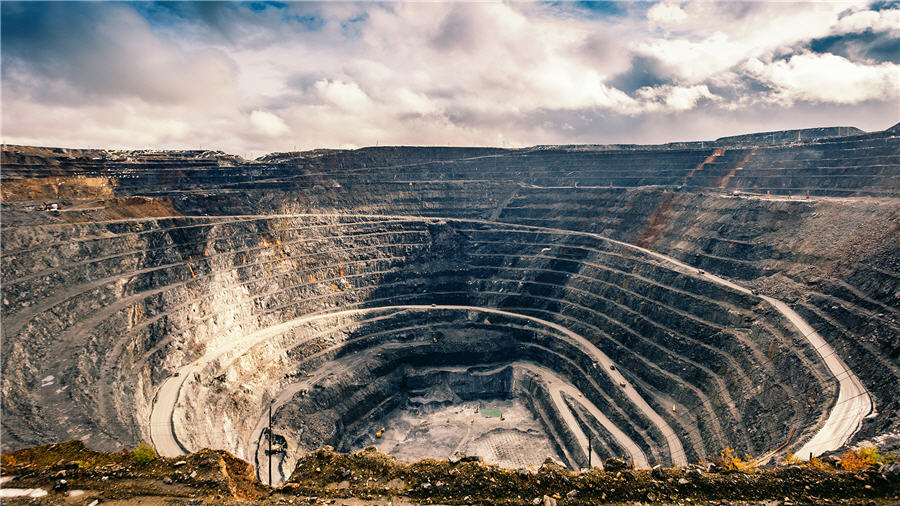
Olimpiada mine. Image from Polyus.
Located in one of Russia’s most prolific gold mining provinces, Olimpiada is Polyus’ largest operation.To treat Olimpiada’s sulphide ores, Polyus employs BIONORD, the company’s proprietary bio-oxidation technology. Successful exploration activities in the area indicate the potential for substantial extension of the life of this mine.
4 Voro – $477/oz
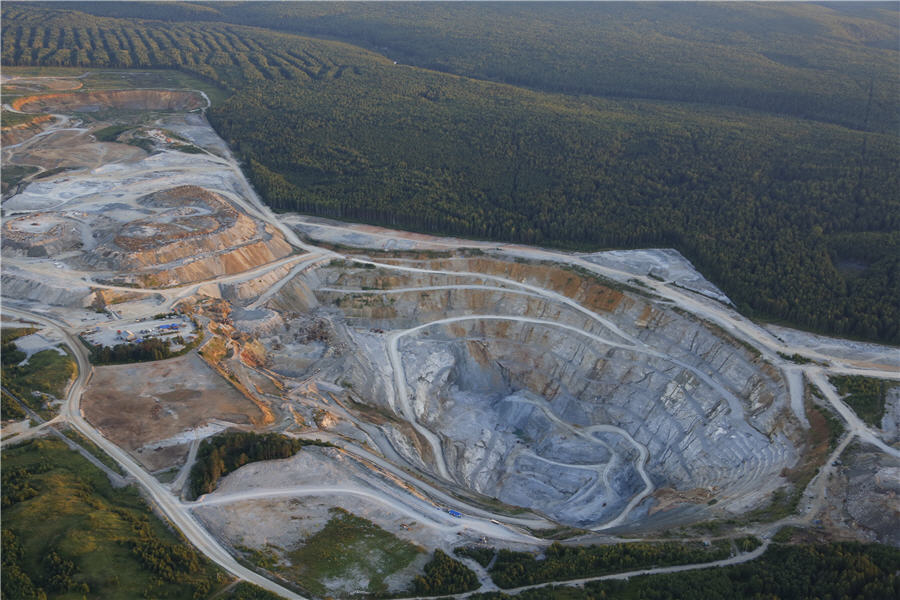
Voro mine. Image from Polymetal.
Voro is one of Polymetal’s very first key gold assets, acquired in 1998. The mine and processing facility is located in the Sverdlovsk region of Russia. The open-pit and heap leach operation started in 2000 and has another nine years of life.
5 South Arturo – $478/oz
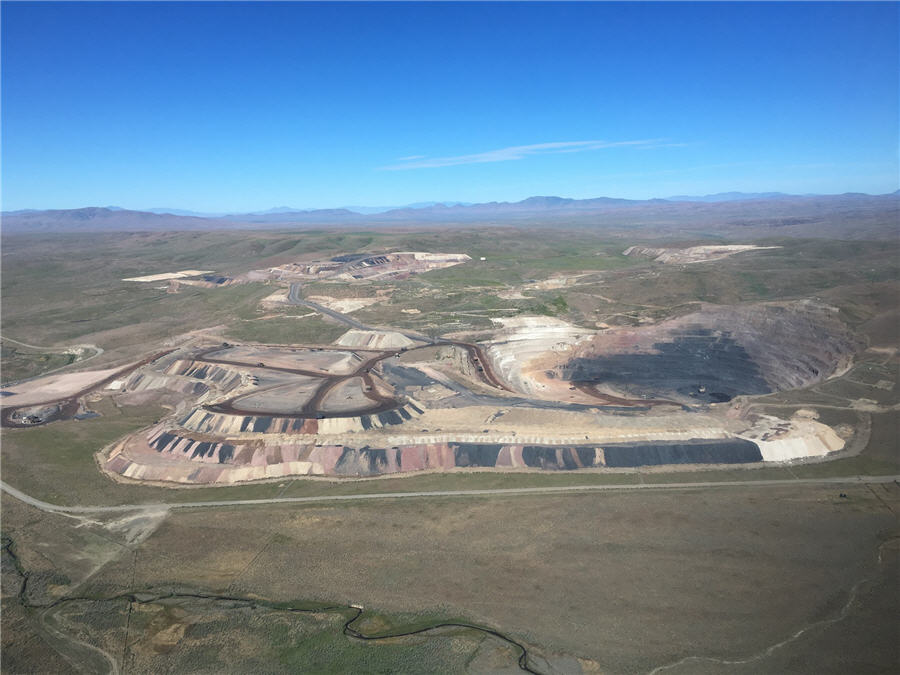
South Arturo mine. Image from Premier Gold Mines.
The South Arturo open-pit gold mine in Nevada is a high-grade oxide deposit amenable for highly efficient heap leaching mineral processing and extraction technology. This deposit is of the prominent Carlin-type widely known as being one of the most productive and cost efficient geological formations worldwide. Premier Gold Mines holds a 40% interest in the South Arturo property with Barrick owning the remaining 60%. Barrick processes South Arturo ore at its Goldstrike plant 5 km south of the mine.
6 Long Canyon – $505/oz

Long Canyon mine. Image from Newmont.
Newmont’s Long Canyon open-pit mine is of the same mineralization style as the South Arturo deposit, and the only significant discovery made in Nevada in the last decade. The nature of the deposit, application of a heap leach technology and tapping into existing infrastructure keep costs at Long Canyon at some of the lowest levels in the industry.
7 Fekola – $533/oz

Fekola mine. Image from B2Gold.
B2Gold first acquired the world-class Fekola gold project in Mali through a merger with Papillon Resources back in 2014. First gold pour at the Fekola mine took place three years later. The company recently decided, based on a positive PEA study, to invest $50 million into expanding the mine’s capacity.
8 Cerro Negro – $535/oz
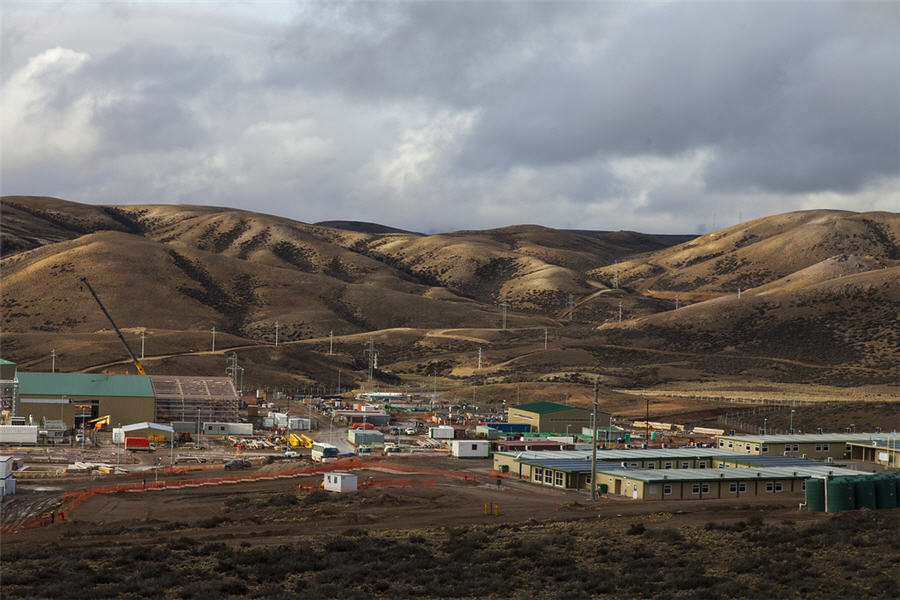
Goldcorp’s Cerro Negro mine.
Sitting 600 metres above sea level on the Patagonian plains in southern Argentina, Goldcorp’s Cerro Negro underground mine has 4.86 million ounces in proven and probable gold reserves. Commercial production began on January 1, 2015.
9 Blagodatnoye – $547/oz
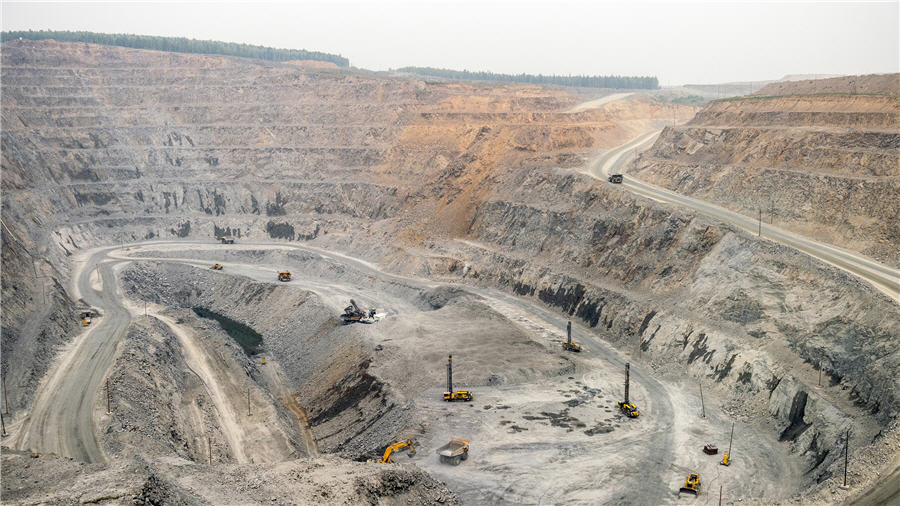
Blagodatnoye mine. Image from Polyus.
Polyus commissioned Blagodatnoye in Krasnoyarsk, eastern Siberia in July 2010. Processing capacity at the open pit, located 25 km from the Moscow-based company’s flagship Olimpiada mine, is 8.1 million tonnes of ore per year, which makes it one of the largest facilities of its kind in Russia.
10 Moose River – $564/oz
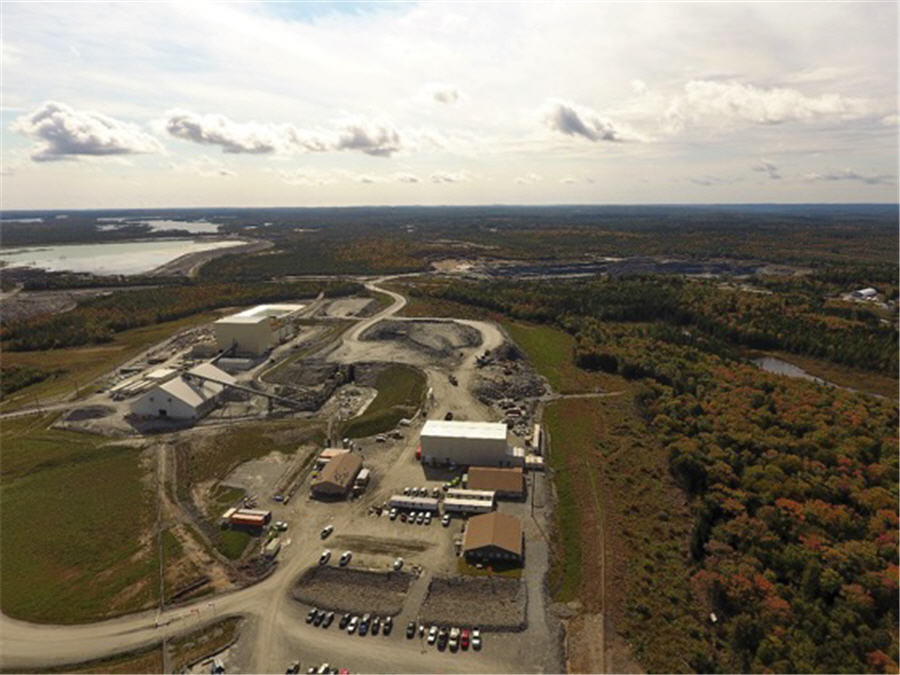
Atlantic Gold’s Moose River mine.
Atlantic Gold’s Moose River open-pit mine is located in Nova Scotia that has a long history of gold mining. Commercial production was declared in March 2018, and in the first year production reached 90,500 ounces. Atlantic expects its phase two expansion plans will have gold production ramping up to more than 200,000 ounces per annum.
(Based on research compiled by Vladimir Basov of Mining Intelligence)
The post RANKED: Top 10 lowest cost gold mines on the globe appeared first on MINING.com.
